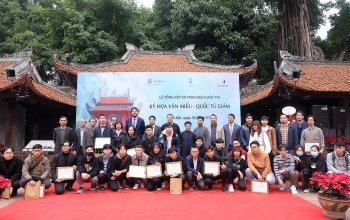France’s baguette submitted for UNESCO heritage candidate
| Temple of Literature in sketching | |
| Ancient world heritage citadel of Vietnam spoilt by natural disasters | |
| UNESCO titles Singapore's hawker culture a world intangible cultural heritag |
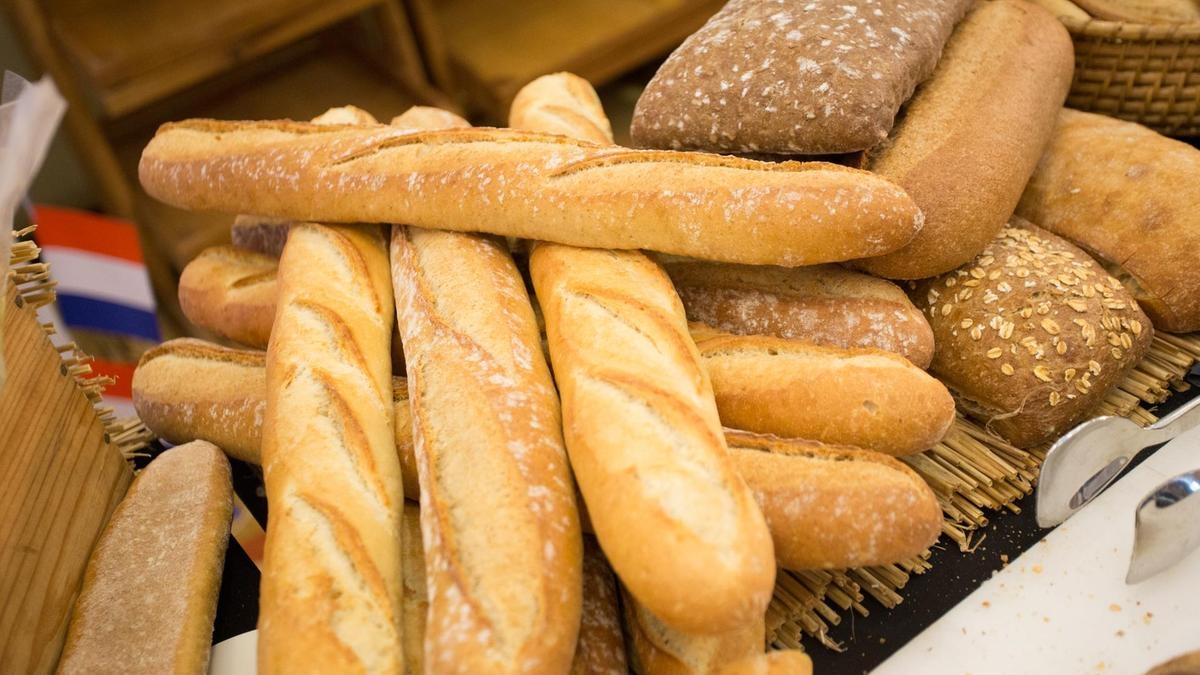 |
| |
In a statement, the Government said “The inscription of this element would allow for the appreciation that this food practice, that is part of daily life, shared by the great majority and taken for granted, constitutes a heritage in its own right."
According to France 24, loaves of bread are still seen tucked under arms all over France on a daily basis. Date site Planetoscope shows that some 10 billion baguettes are consumed every year in France -- some 320 every second.
When France was in its strictest lockdown for the pandemic last spring, it made sure to keep bakeries open as an essential business. So perhaps the only surprise is how long it has taken for the culture ministry to submit the baguette for consideration to UNESCO, which will pronounce its decision in late 2022.
However, the ministry did draw attention to the steady fall in the number of boulangeries around the country, especially in rural areas.
"In 1970, there were 55,000 artisanal bakeries (one for every 790 residents) compared with 35,000 today (one for every 2,000), often in favour of baguettes produced industrially," it said.
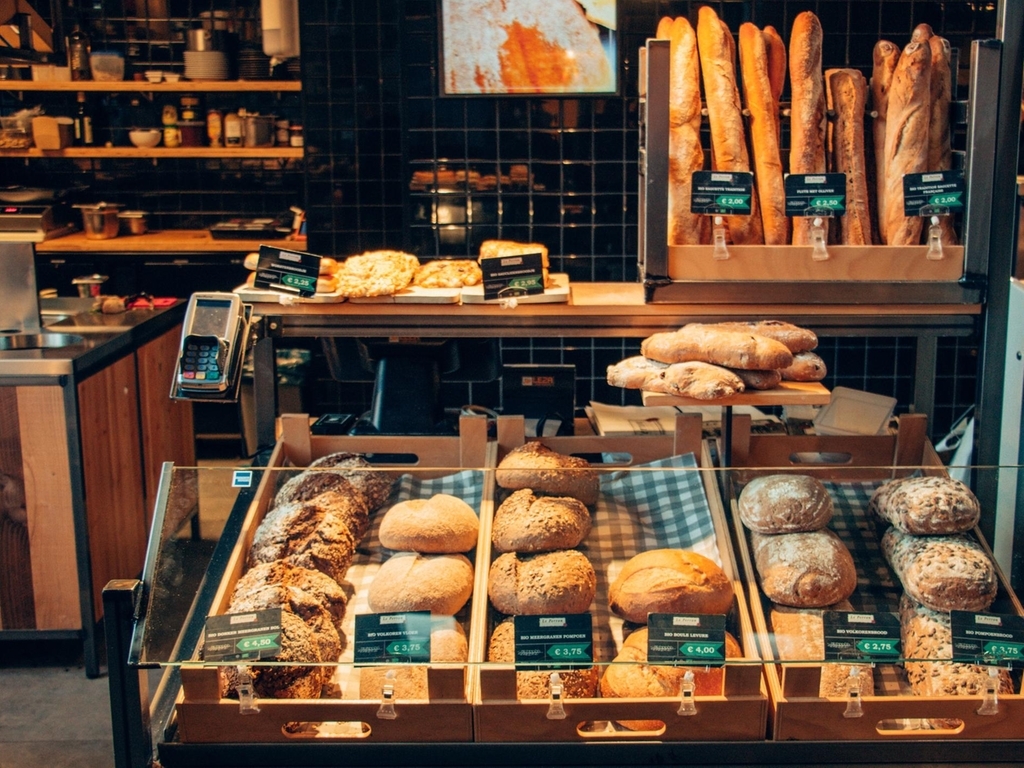 |
| |
Uncertain history of France’s baguette
The baguette, despite being a seemingly immortal fixture in French life, only officially got its name in 1920 when a new law specified its minimum weight (80 grams) and maximum length (40 centimetres).
The rest of the history is rather uncertain.
Some say long loaves were already common in the 18th century; others that it took the introduction of steam ovens by Austrian baker August Zang in the 1830s for its modern incarnation to take shape.
One popular tale is that Napoleon ordered bread to be made in thin sticks that could be more easily carried by soldiers.
Another links baguettes to the construction of the Paris metro in the late 19th century, and the idea that baguettes were easier to tear up and share, avoiding arguments between the workers and the need for knives.
UNESCO confers the status of intangible heritage, which must involve a specific community of practitioners, on around 100 very different things around the world each year.
This year's list included sauna culture in Finland, a lantern festival in South Korea and a grass-mowing competition in Bosnia and Herzegovina.
France selected the baguette from a shortlist that also included Paris's iconic rooftops and the Biou d'Arbois harvest festival in the Jura department.
As reported by The National, UNESCO defines “intangible cultural heritage” broadly, encompassing traditions, performing arts, rituals, festivals and skills that are passed down in communities from ancestors to descendants. It confers the status on around 100 very different things around the world each year.
Among the practices recently included in the Intangible Cultural Heritage list are Al Aflaj, the traditional irrigation network system in the UAE; camel racing in the UAE and Oman; miniature art, as found in Iran, Turkey, Uzbekistan and Azerbaijan; and Sa’eed, the handmade weaving tradition in Upper Egypt.
This year’s list included sauna culture in Finland, a lantern festival in South Korea and a grass-mowing competition in Bosnia and Herzegovina.
UNESCO has earlier recognised these 8 foods as intangible heritage:
Mexican cuisine
In 2005, Mexico was the first country in the world to nominate its kitchen as intangible heritage of humanity.
Mediterranean diet
Since 2010, the Mediterranean diet has been declared intangible heritage of humanity by UNESCO, recognized in the whole world for its excellence. Considered by scientists among the healthiest lifestyles on the planet, it is based on a rich and balanced diet of foods, including cereals, vegetables and fruit, olive oil and legumes, and to a lesser extent fish, meat and cheese. But this diet is also considered valuable because it has created a common identity with cultures that are distant from each other.
 |
| (Photo: Cookist) |
Turkish Keskek
The keskek, intangible heritage of humanity since 2011, is a typical Turkish dish served on special occasions, such as weddings and other religious ceremonies, based on meat and wheat worked, by men and women together, in large pots.
French cuisine
Not a dish but all the food and cultural style it represents, French cuisine has been declared intangible heritage of humanity in 2011.
Japanese washoku
Washoku is the word used to indicate Japanese cuisine, or rather the harmony of the food of this Far Eastern country, another intangible heritage of humanity recognized by UNESCO in 2013, representing over four hundred years of culinary tradition based on the goodness of the ingredients, on the aesthetic value of the dish and on the rituality of the meal.
Kimchi of South Korea
The kimjang, the tradition of preparing and consuming the so-called kimchi that begins with winter throughout the Korean peninsula, is an "intangible heritage of humanity" that must be preserved, because "it has passed generations and represents the community spirit of the Koreans. It is part of their identity". With this motivation, in 2013 this typical South Korean dish, based on macerated and spicy cabbage, became part of the list of humanity's treasures.
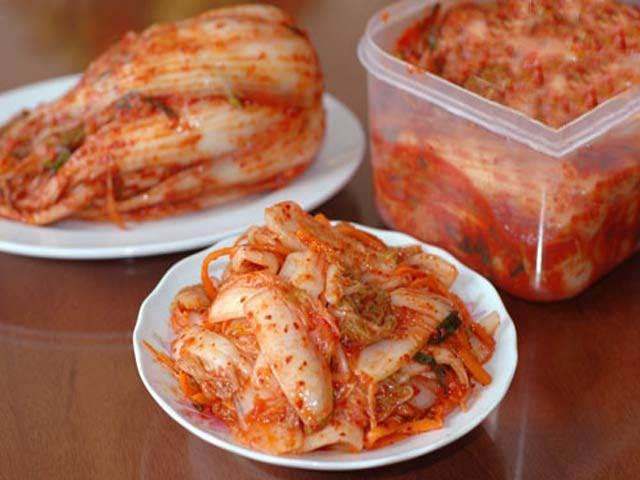 |
| (Photo: Eva) |
Belgian beer
Belgian beer has become intangible heritage of humanity in 2017. According to UNESCO experts, this tradition, made among the others by Gueuze, Lambic and Blanche, deserves to be included in the representative list of the best of the immaterial culture of the peoples, according to Cookist.
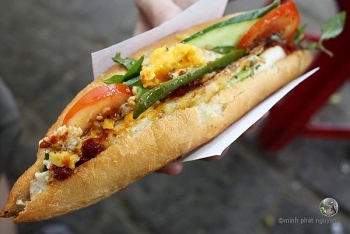 | Distinctive features making Vietnam’s banh my an one-of-a-kind sandwich, with video One of the most common street-food dishes in Vietnam is Banh mi which basically means bread but also refers to some of the country`s delicious ... |
 | Charcoal-black bread with gold-plated hotdog in HCMC Each bamboo charcoal bread is filled with gold-plated hotdog, sold from only VND 50,000 (US $2.15). The food adds another choice to the already diverse ... |
 | Scrumptious grilled bread with salt and chili in Hanoi Boasting a uniquely delectable flavor, the Vietnamese bread grilled with salt and chili in a stall in Chua Lang street, Hanoi is sold like hotcakes. ... |
Recommended
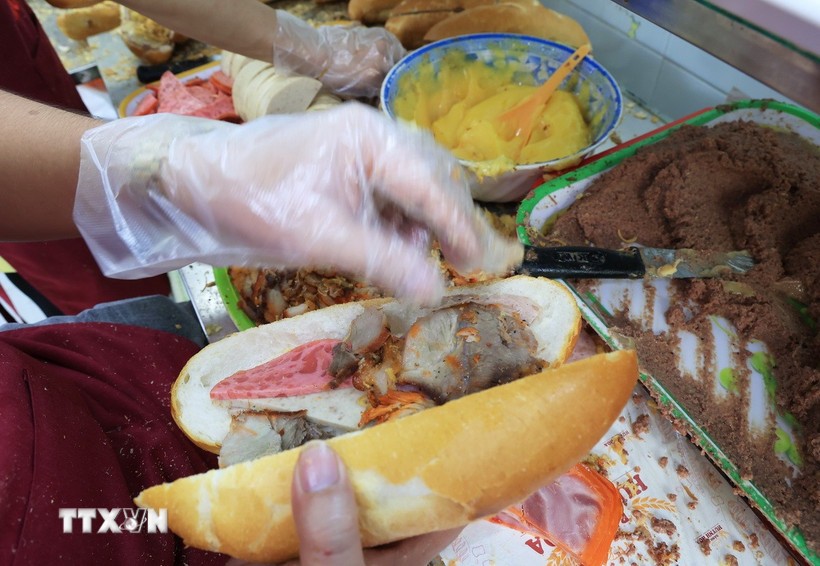 Handbook
Handbook
Vietnamese Banh My Shines on Global Culinary Map
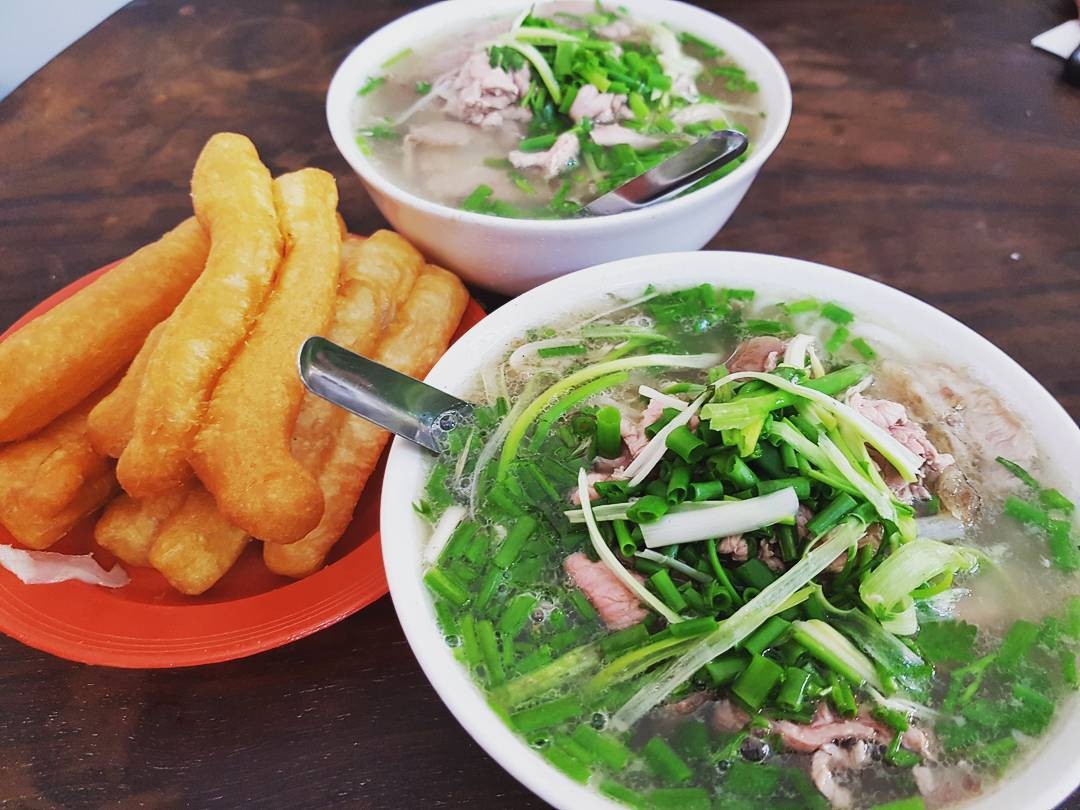 Handbook
Handbook
Vietnam Ranks Among World’s Top 4 Most Attractive Culinary Destinations
 Handbook
Handbook
Vietnam’s AI Law to Require User Notification before AI Interactions
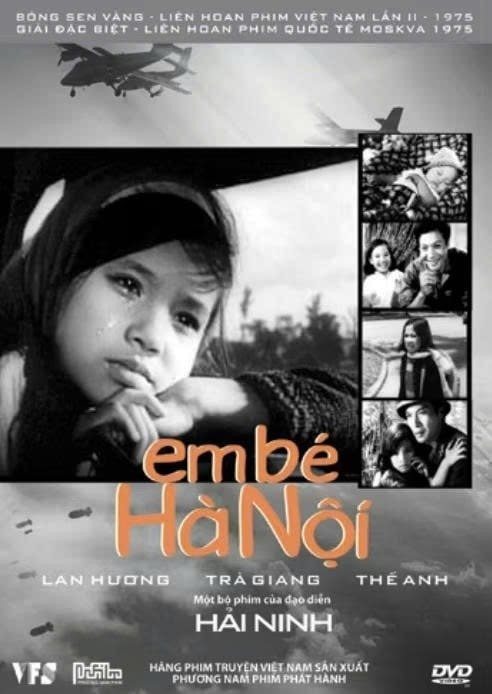 Handbook
Handbook
10 Vietnamese Films Set For Screening In US To Mark 30 Years Of Diplomatic Ties
 Handbook
Handbook
Time Out: Hanoi Among Most Beautiful Autumn Viewing Spots in Asia
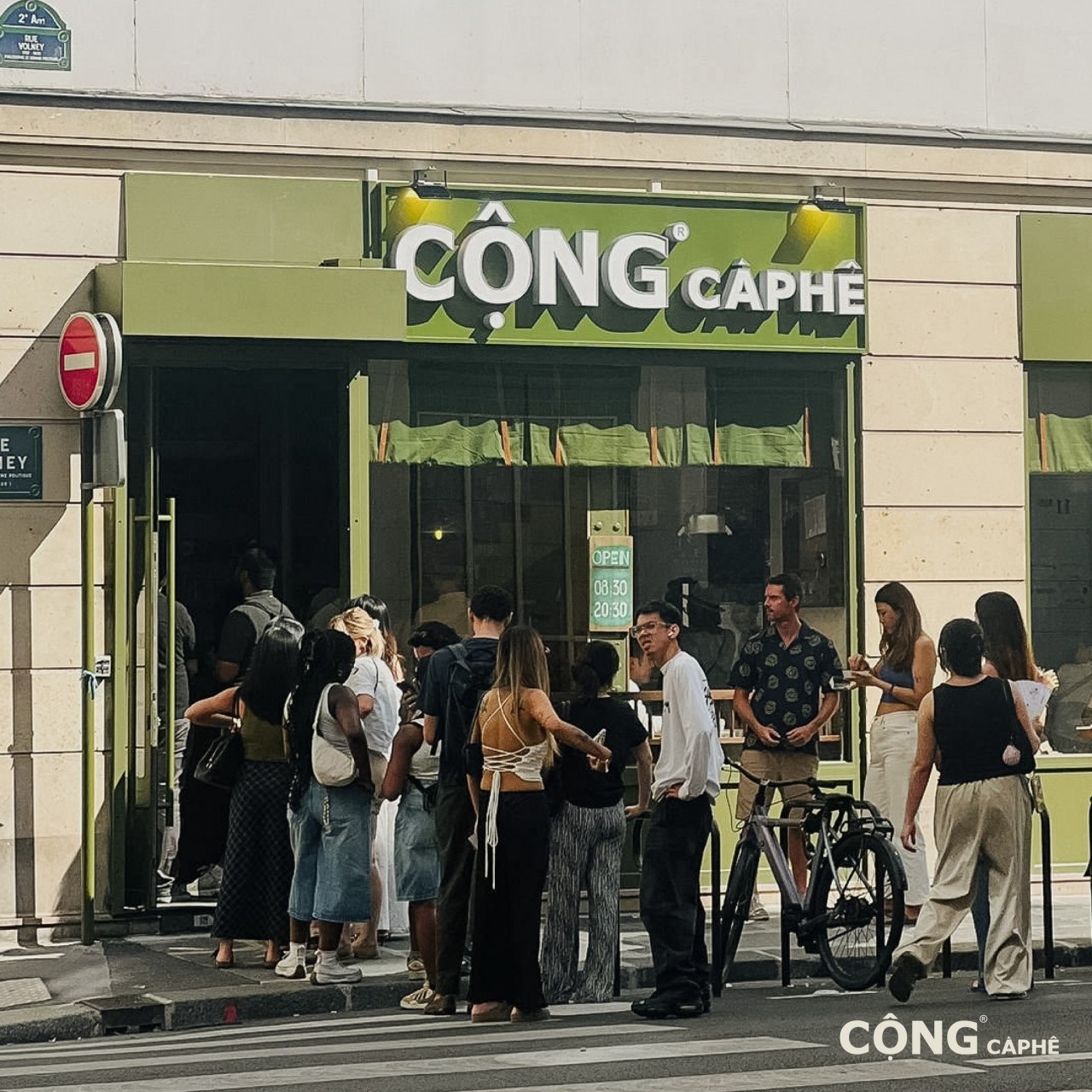 Handbook
Handbook
Vietnamese Coffee Conquers Paris - More Than Just A Brew
 Handbook
Handbook
Belgium: Vietnamese Booth Leaves Strong Impression at ManiFiesta Festival 2025
 Handbook
Handbook

